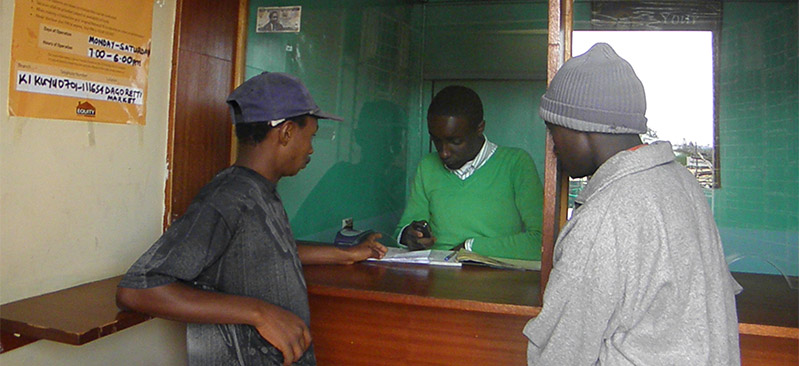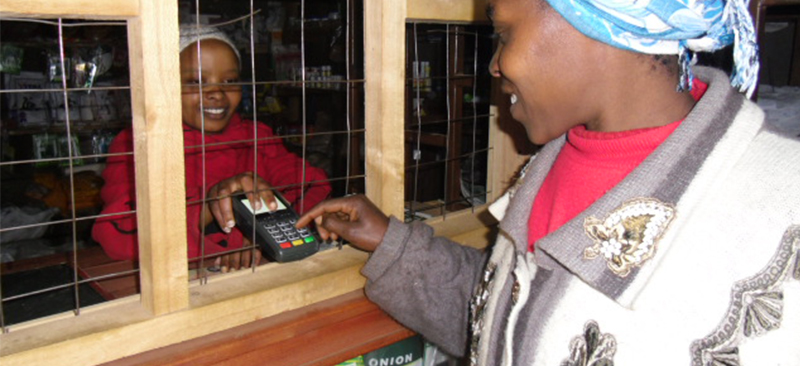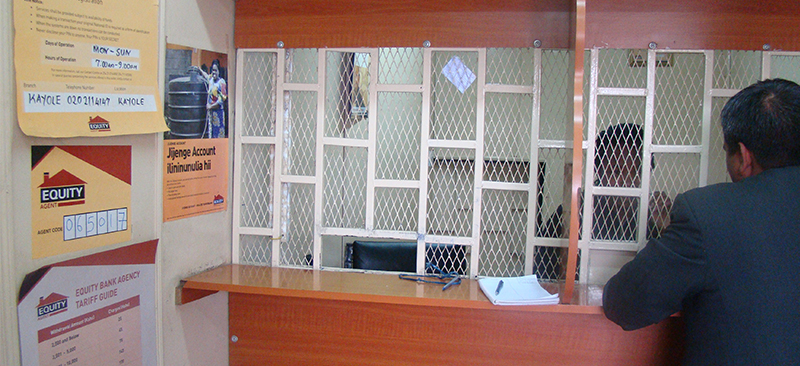India has made a determined effort to fulfil its ideal of a welfare state, not only in principle but also through economic planning. The welfare budget allocation of about Rs.2, 270 billion ($36 billion), which is about 40% of the total budget outlay for the country for the year 2015-16, reflects this fact. However, the proportion of this that actually reaches the intended beneficiaries is a matter of speculation. After the success of direct benefit transfer (DBT) for the liquefied petroleum gas subsidy, the government is contemplating the introduction of DBT for PDS as well. In these Notes, we will specifically talk about what ails the PDS, the various alternative methods for distribution being piloted and necessary steps required to run a successful PDS scheme.
Blog
UNCDF Go Rural Conference
This presentation was conducted during the UNCDF Go Rural Conference in Kampala, Uganda. The session objective was to understand alternative methodologies for rural network expansion with respect to:
1) Changing the Paradigm on Value Propositions
2) NextGen Frontier Agents
3) Organic Liquidity Management
Three Key Considerations for Agent Banking
This presentation highlighted three key considerations for agent banking:
1) The Value Proposition to Anchor Your Service
2) The People and Management Structures
3) The Character of Your Agents.
The Key to Growing Large is Staying Small First: Focus on clients, distribution, & communications
Compared to mobile money, agent banking is still small, however, it is definitely successful enough to draw some lesson from it in Kenya.
Download the report to read the presentation in full.
Scaling Your Agent Network
This presentation covers the agent network build-up strategy, focusing on:
1) Key decisions in building and scaling up agency networks
2) Support structures for agent networks
3) Agent management hierarchies
4) Agent roles
The Status of Agents in Kenya: Proliferation, Dominance, Evolution & Impact
This presentation was conducted during the launch of our first round of Kenya Agent Network Accelerator Research, in 2014. The presentation discussed the four major findings of proliferation, dominance, evolution and impact.
To read our 2013 report in full please visit:
Agent Network Accelerator Survey – Kenya Country Report 2013




